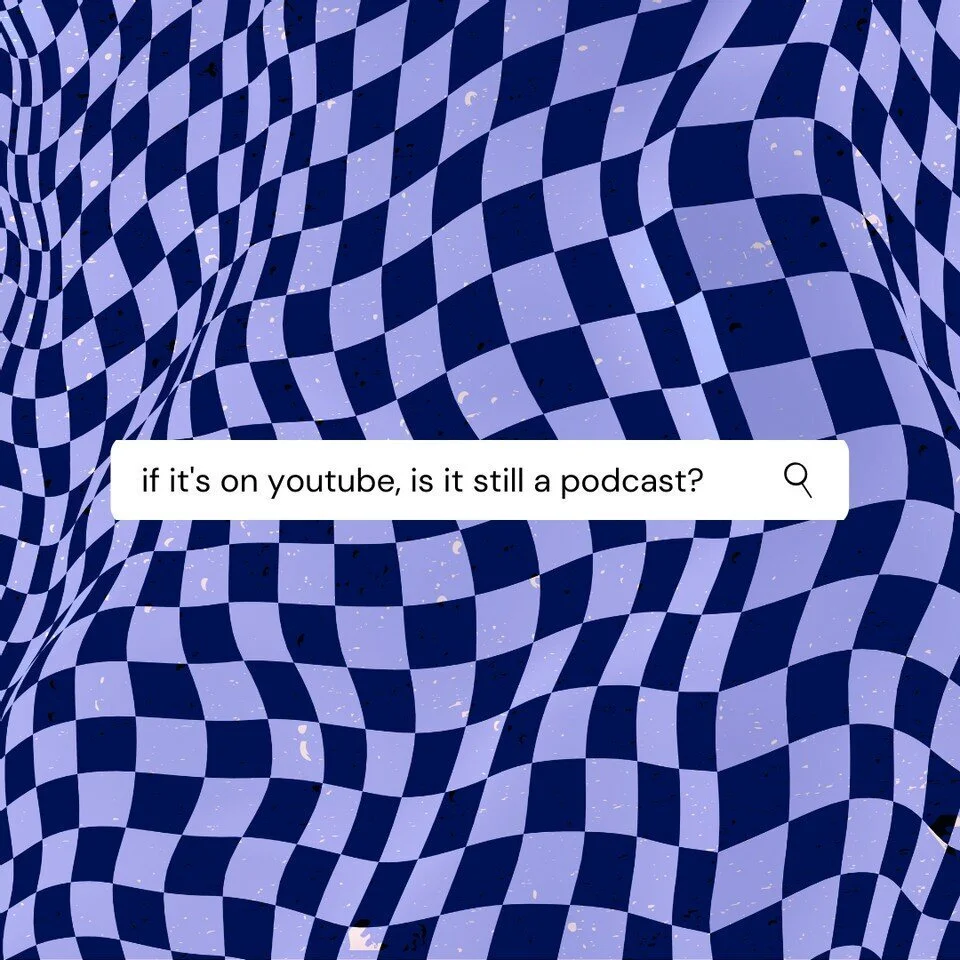Consumption Rates Are One Podcast Metric You Need to Track
Are people listening to your episodes all the way to the end?
Consumption rate is one of the most honest and important metrics of all podcast analytic categories. If you haven’t been tracking it, you are missing critical information about your listenership. As Pacific Content writes, it’s a huge indicator of editorial quality and audience engagement.
Apple Podcasts introduced the average consumption metric in their Analytics suite in 2017. It allows podcasters to measure how long listeners are listening to each episode. Spotify calls this metric a ‘episode performance’ stat, and Stitcher calls it ‘average completion rate.’
Downloads vs. listens
Download numbers are cool, sure, but they’re not always an indicator of a show’s success. You could have lots of people downloading your podcast, but if they’re only sticking around for half of the episode, that may be a clue that your audience engagement is low.
You can’t afford to ignore consumption rate.
Here’s why: imagine you spent 10 hours crafting this beautiful ending to a narrative podcast. Perfectly scripted, voiced, and mastered. Your consumption rate drops off at 40 percent, and no one stuck around to hear it. That’s a huge waste of your time and effort. We need people to hear this stuff!
Average listening time is a key indicator for creators. It’s one of the ways an audience silently communicates to you about what they want. If someone tells you that they love your show (“I love it so much, I’m a subscriber! I listen every week”) that’s great. It’s a testimonial and you can use that information to sell ads, get press, and encourage others to listen to the show. But that type of anecdotal evidence doesn’t do much to confirm whether your episodes are effective, compelling, and relevant to your target audience.
Similarly, if your show caters to a niche audience and therefore has small download numbers, but it has a really high consumption rate, you can rest assured that you have a loyal audience who are hanging onto your every word. Download numbers won’t necessarily reflect this type of success.
It’s also a good metric to figure out where to place ads, because if you have a post-roll ad and a 60 percent consumption rate, your sponsor isn’t really getting their money’s worth. Potential sponsors may be thrilled to hear that your mid-roll is rarely skipped, for example, and you can use that information to get them on board!
Among other things, Apple’s Analytics also tells you how many people are listening to your podcast episodes, how your episodes are performing over time, and how many listeners you have in each country and city.
Help! My consumption rate is below 50!!
Panic not, friend. This is a good sign to rethink your production process and find ways to increase engagement. There are some steps you can take. First, you should consider whether there is something flawed in the way that you write your scripts and vet your scripts in the production process. Too wordy? All the cool stuff happens at the end? Not very interesting?
If you produce a conversational podcast, and people are dropping off, it means that no one gives a bleep about the conversation. Don’t shoot the messenger… I’m trying to help you! Try to trim your episodes shorter and see if that helps engagement until you hit the sweet spot. Also, keep in mind that just because your episodes typically run 40 minutes, not every episode actually needs to be that long. Some content simply doesn’t warrant a long runtime, so this is an opportunity for you to sharpen your editorial chops, get a little ruthless, and leave some audio on the cutting room floor.
Podcasters with a consumption rate higher than 80 percent, we’re definitely not talking to you. Kudos and keep doing what you’re doing; you know your audience. This is like a magic number that all podcasters can access, so start exploring your consumption rates ASAP.
Have you checked your consumption rate? Need some pointers on how to rework your format? Give us a shout if you’re looking for assistance in reformatting your concept to better engage listeners.




